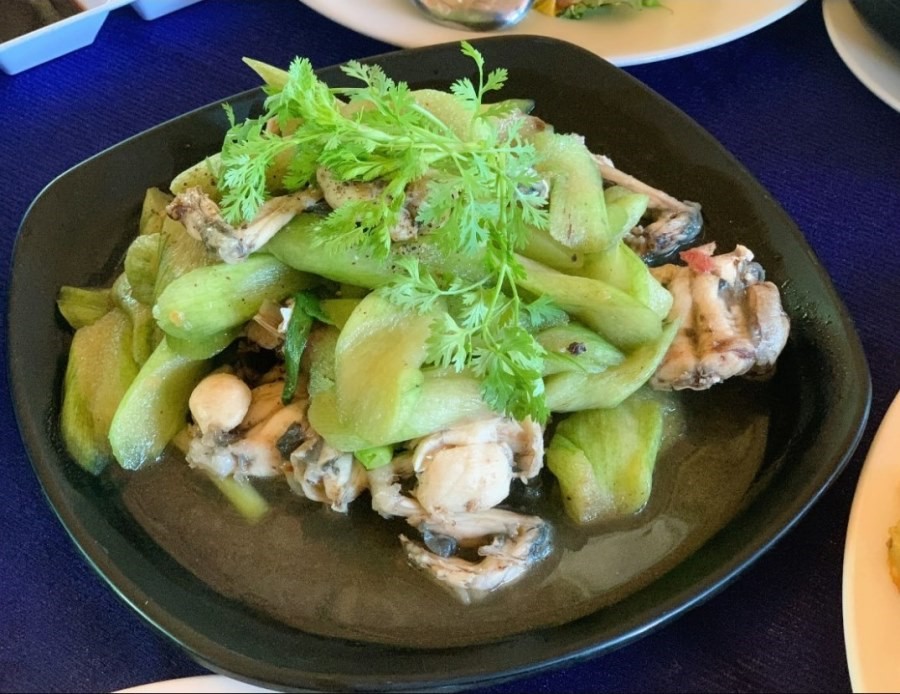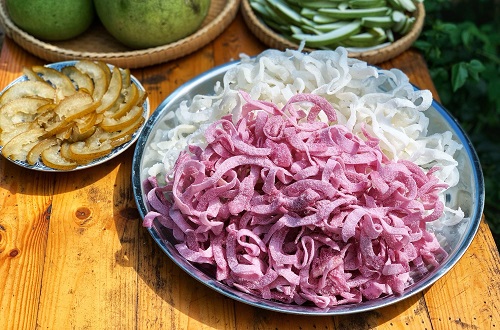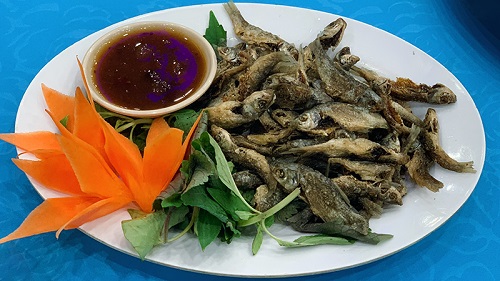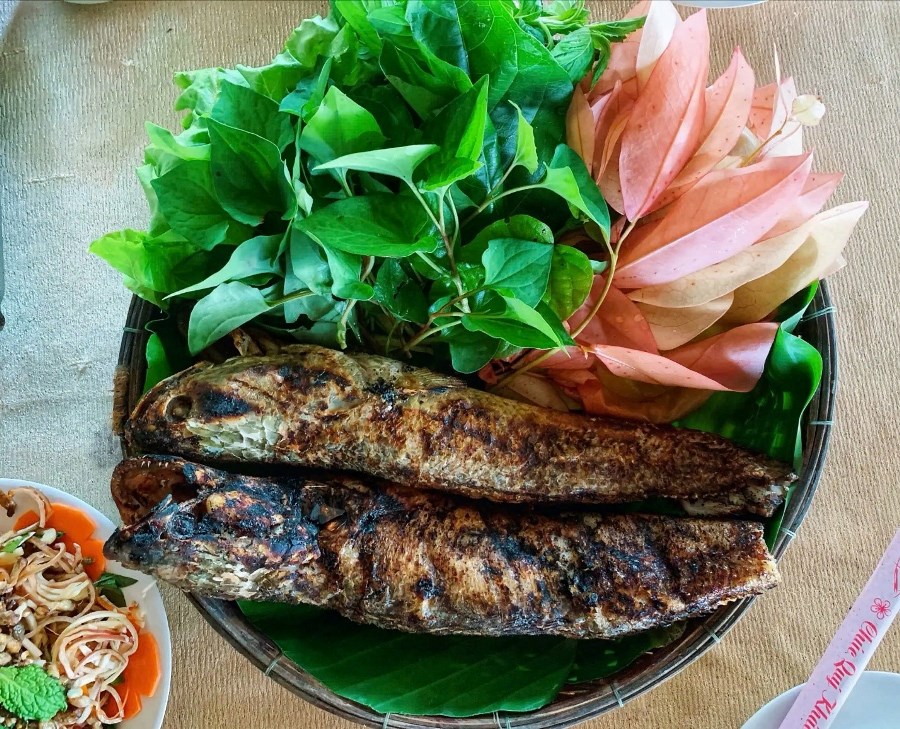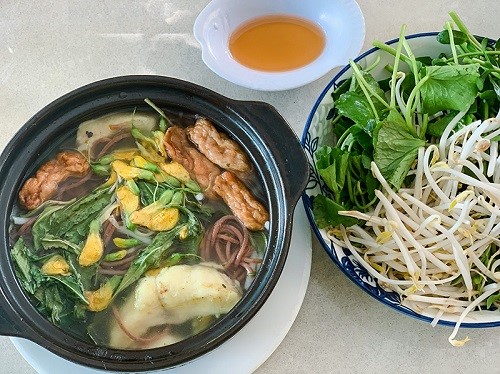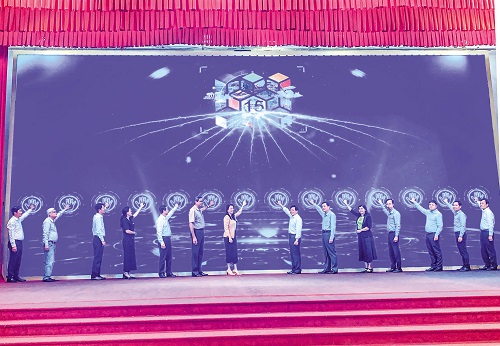
Tangible results from the cooperation
The tourism linkage initiative between Ho Chi Minh City and the 13 Mekong Delta localities (hereafter referred to as the “Linkage”) focuses on five key areas: information exchange and tourism management, product development, tourism promotion, human resource development, and investment attraction. These areas have been consistently implemented each year, yielding positive outcomes.
Specifically, in 2024, over 2.7 million tourists from Ho Chi Minh City visited the Mekong Delta, while over 1 million visitors from the Mekong Delta traveled to Ho Chi Minh City. Throughout the year, the 14 provinces and cities jointly surveyed, developed and announced 55 river tourism routes. These include 19 routes with overnight stays on the Mekong River (connecting Ho Chi Minh City with the Mekong Delta and international links to Cambodia), 14 inter-regional river tours by speedboat or high-speed boat, and 22 intra-regional river tours within the Mekong Delta using canoes, wooden boats, and cruise ships.
This is considered a groundbreaking development. In addition to routes departing from Bach Dang Wharf in Ho Chi Minh City, new routes are being introduced from four regional transfer hubs: My Tho - Cai Be Cruise Port (Tien Giang), Vinh Long Passenger Port, Can Tho Tourist Pier, and Chau Doc Tourist Pier (An Giang). These four new ports are set to be developed, helping to create unique tourism products for the region and gradually establishing its tourism brand.
Moreover, nine regional tourism survey programs have been conducted with the participation of approximately 560 tourism businesses connecting Southeast Vietnam, Ho Chi Minh City, and the Mekong Delta.
Regarding destination marketing, the 14 provinces and cities have identified 50 attractive tourism sites under the “Elevating Destinations – Connecting Journeys” voting campaign. This initiative helps preserve and promote traditional culture and identity while highlighting top regional destinations. It also enables tourism enterprises to promote and communicate their products and services and work with travel agencies to develop high-quality tourism programs that appeal to visitors.
The Linkage has also spurred investment in tourism infrastructure and services. Through investment promotion conferences, the image of the Mekong Delta tourism sector has been elevated, drawing interest from major enterprises looking to invest in localities.
The Linkage has driven transformation in the region's tourism development. Many destinations across the Mekong Delta are now identifying their core tourism products, implementing strategic promotion plans, improving transportation and tourism infrastructure, and enhancing investment promotion activities.
Promoting product chains, targeting sustainability
For 2025, Linkage has outlined key objectives: organizing conferences to implement tasks and forums on cooperation and tourism development; implementing and announcing a Project on Developing Linked Tourism Products between Ho Chi Minh City and the 13 Mekong Delta provinces; launching heritage-based tourism programs focusing on border culture and history in Long An, Dong Thap, An Giang, and Kien Giang; and promoting tourism in Ho Chi Minh City and the Mekong Delta across central provinces under the theme “Connecting Localities – Elevating Value.”
This initiative marks the first collective marketing campaign involving all 14 provinces and cities to tap into a potential market. It includes the development of a digital handbook that introduces various tourism investment promotion projects from these provinces and towns. Additionally, the campaign features the completion and launch of tourism destination promotions for the 13 Mekong Delta localities, utilizing Ho Chi Minh City’s 3D/360 digital platform under the theme “One Click - Many Journeys Connected.” Furthermore, training programs will be organized to enhance human resources, particularly in community-based and river tourism.
According to Ms. Bui Thi Ngoc Hieu, Deputy Director of Ho Chi Minh City’s Department of Tourism, collaboration among departments and agencies across the 14 provinces and cities is essential to facilitate tourism development support activities such as transportation infrastructure, investment promotion, service trade, local product development, and human resource training. Localities also focus on developing distinctive tourism products and creating diverse interlinked offerings. In this regard, Can Tho, An Giang, Kien Giang, and Ca Mau actively embrace their roles as regional connectors.
Mr. Lam Huu Phuc, Deputy Director of the Department of Culture, Sports, and Tourism of Tra Vinh Province, emphasized that tourism products are a key element in the Linkage. Mekong Delta localities must restructure and redefine their tourism offerings, especially after the recent provincial administrative reorganization. Linked destinations will change accordingly, requiring adjustments to showcase regional products' value better. Local governments should also support tourism development through mechanisms and policies and build a regional brand identity based on distinctive products and local potential.

River tourism experiences via canoes in Can Tho. Photo: KIEU MAI
Ms. Nguyen Thi Ngoc Dung, the Deputy Director of Ben Tre Province’s Department of Culture, Sports, and Tourism, emphasized the importance of a unified tourism brand identity. She proposed focusing on the "Mekong Delta" brand, which is associated with green and sustainable tourism development. This concept resonates well with international visitors, and the region should utilize its cultural identity to build cohesive product chains.
Meanwhile, Ms. Nguyen Thi Anh Hoa, Director of the Ho Chi Minh City Department of Tourism, stated: “Recently, Ho Chi Minh City and experts have surveyed and proposed the development of three tourism product clusters in the Mekong Delta. The Can Tho, Hau Giang, Soc Trang, Bac Lieu, and Ca Mau cluster will focus on waterway tourism, floating markets, and local culture; the Tien Giang, Ben Tre, Tra Vinh, and Vinh Long cluster will highlight agricultural, ecological, and contemporary heritage tourism; and the Long An, An Giang, Kien Giang, and Dong Thap cluster will emphasize borderland, island, and spiritual tourism. These clusters will receive focused investment to enhance the value of each locality’s unique products.”
In developing tourism products, the Linkage localities have also set a common goal of green and sustainable tourism. Specifically, the 14 provinces and cities have launched an Action Program on Green and Sustainable Tourism Development for Ho Chi Minh City and the Mekong Delta under the theme “Sustainable Tourism and the Net Zero Goal” for 2025.
Source: Cantho News - Translated by Hoang Dat







